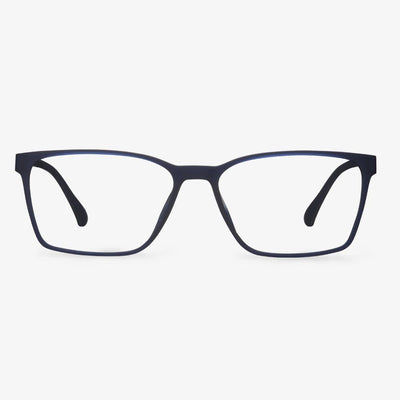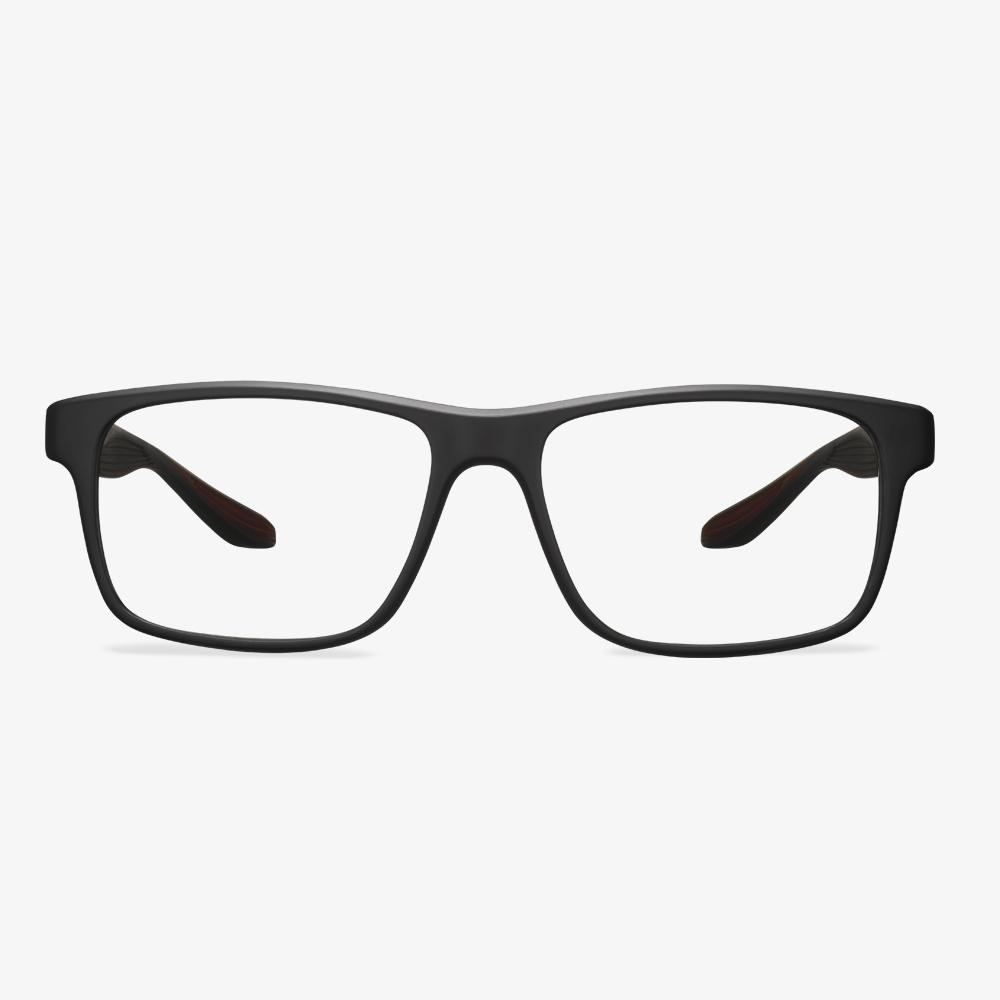Identify the lenses of discount glasses
Look at the overall package: let him show you the overall package of the lens. See that if the factory is in China, Shanghai, China, or Zhejiang, China, etc. Look at the anti-counterfeiting logo. It doesn't necessarily mean it's good. Check the production plant, address, news, etc. In short, lens judgment, for the average consumer, is difficult, but when you put forward these requirements, the store will at least think you are more professional.
Why the lens coating is not uniform?
Sometimes we find differences in the color between the convex and concave surfaces, between the center and the edge of the lens, and the anti-reflection effect between the convex and concave surfaces. his is mainly because the lens coating is that it is plated on one surface and then turned over to another surface. And Areas with small curvature changes are easy to coat. So the center of the lens has reached the desired thickness of the film but the edge has not. At the same time, the different curvature of the convex surface and concave surface causes the different coating speed. So the surface of the lens will show green in the center and lavender red or some other color at the edges.
Competition in visual marketing
The offline experience of consumers is pretty important. Store space design, planning and layout, and commodity display form are important parts of visual marketing. If all three can be balanced and matched, it will drive sales growth.
Why do people like wearing rimless glasses?
The simple atmosphere and extreme minimalism can highlight the characteristics of the character. They belong to the business type glasses. They are suitable for professors, principals, and other leaders. A minimalist style will keep them from going wrong in the work environment. Secondly, they can highlight professional temperament. Because rimless glasses style is more diverse, and stylish, with a rich color difference, they are popular for many people.
What is blue light?
To prevent blue light, we must first understand what blue light is. The visible light with a wavelength range of 400-500 nanometers is called blue light. The light sources used in daily LED lighting and display products, including mobile phones, flat panels, and TVs, are mostly LED light sources excited by blue light. However, not all blue light is harmful to the human body. The human eye has an extremely low tolerance to blue light radiation in the 400-440 nanometer range. When the light intensity enters this threshold, photochemical damage is likely to occur. However, blue light radiation in the range of 459-490 nanometers is essential for regulating the human body's circadian rhythm and can affect the secretion of human melatonin, which in turn has an impact on the body's biological clock, alertness, and mood.
Scientifically effective anti-blue light lenses must not only block harmful blue light but also cannot filter beneficial blue light. Most of the ineffective anti-blue light products on the market currently have two types of problems. One is that there is almost no protective effect on the blue light in the vulnerable zone of the human eye. The other is excessive protection, shielding the blue light spectrum in the beneficial band so that the blue light that is beneficial for physiological adjustment cannot enter the human eye. At the same time, the color of the lens is yellow, which is prone to color shift, aggravating visual fatigue, and even inducing the risk of myopia.
Choose a quality progressive lens.
Superior progressive lenses provide a better viewing experience. They also remove any distortions you might feel when reading what's in front of you. Lenses can also be coated with special coatings. Anti-reflective coating can prevent glare on the road, and anti-scratch coating can reduce wear marks.
Be careful to choose driving sunglasses.
Many people take it for granted that the darker the color, the better its UV protection. The function of filter the ultraviolet ray of the sunglasses is concerned with the film of plating only. Especially for long-distance drivers, wearing sunglasses that are too dark can make eyes more tired. And entering dark areas such as tunnels from the strong sun is more dangerous.
Some drivers are slightly myopic, but when they wear sunglasses, there's a problem: their eyes are more likely to tire and the vision can deteriorate, just like driving at night. So, if the slightly myopic drivers want to wear sunglasses, they must be equipped with a myopic degree of the lens.


















































